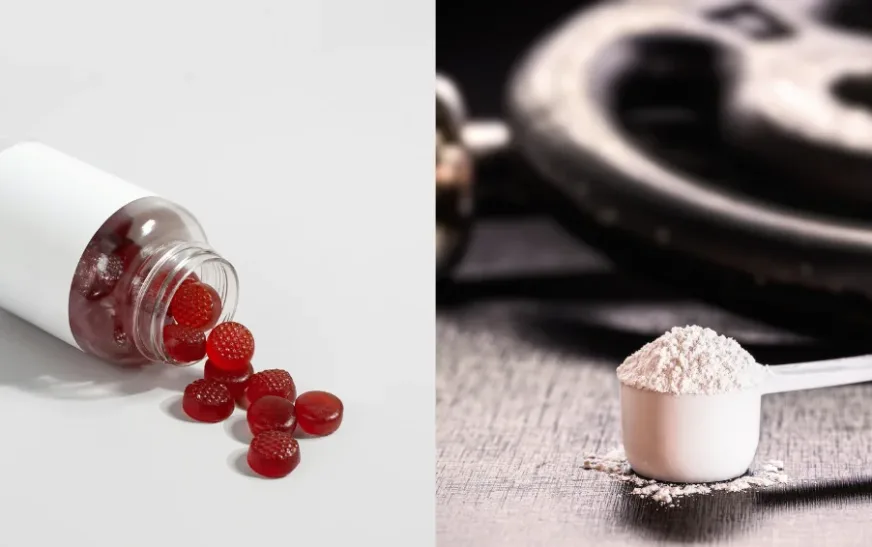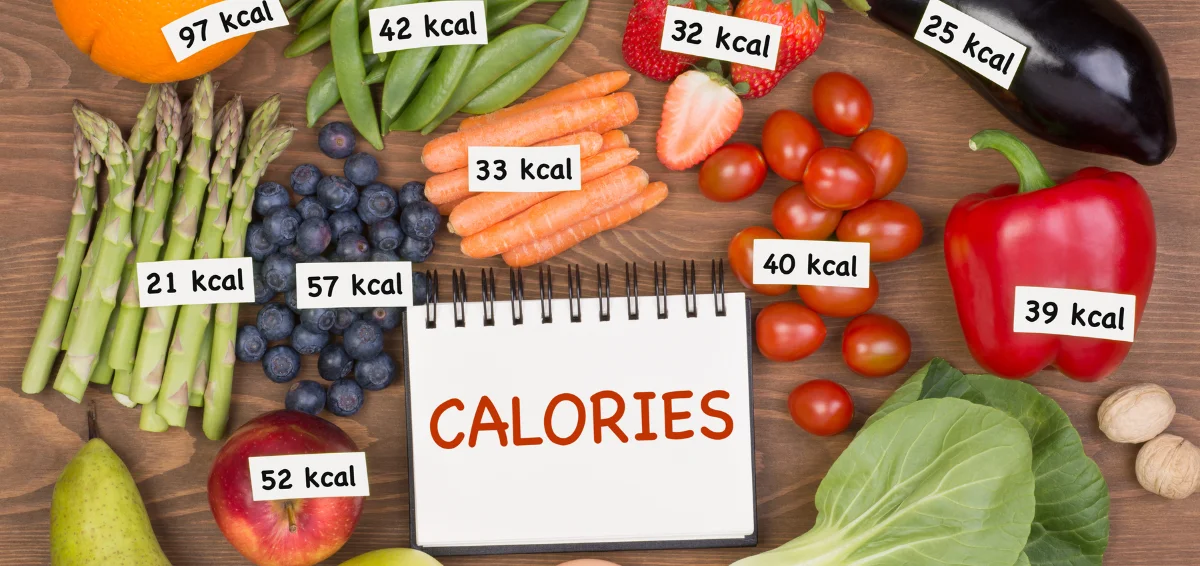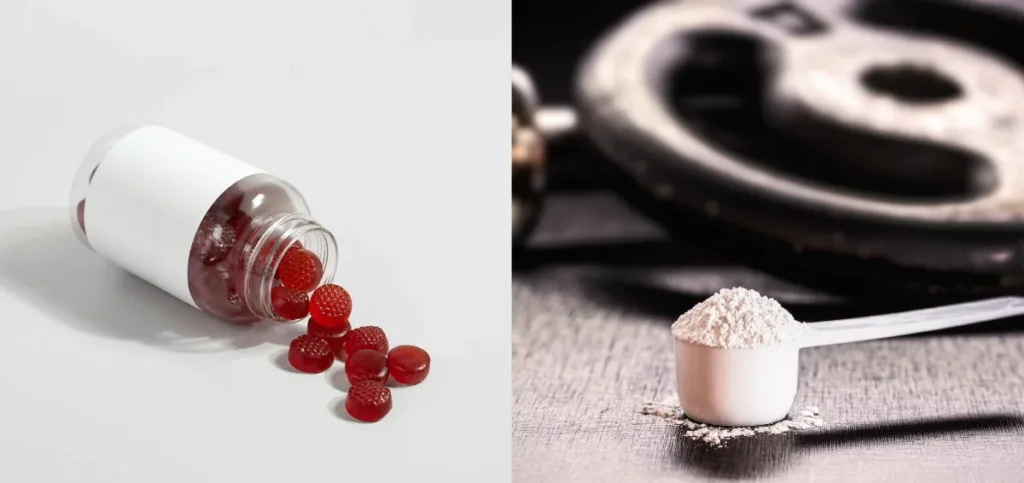
Creatine is one of the most popular supplements among athletes. Research has also shown that creatine supplementation raises the intramuscular creatine concentration, which enhances the performance of high-intensity exercise and promotes training adaptations. In addition to performance, creatine supplementation aids post-exercise recovery, injury prevention, thermoregulation, rehabilitation, and even neuroprotection when concussing or injuring the spinal cord. It also helps athletes to endure heavy training loads better.
What is Creatine?
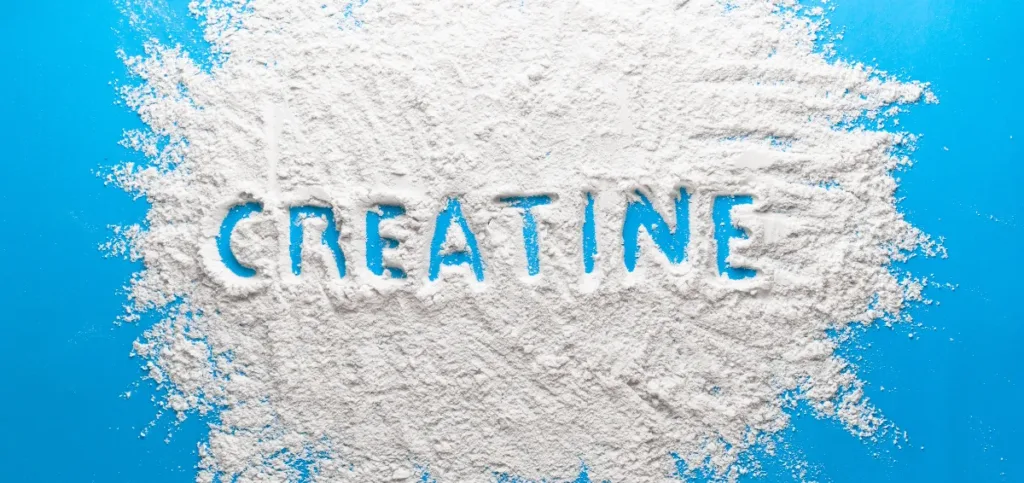
Creatine is a natural product that is present in the muscle tissue in your body. It is made by taking three amino acids: L-arginine, glycine, and methionine. It is manufactured in your body in the kidneys and liver, and can also be obtained from red meat, fish, and eggs.
When stored in your muscles, creatine helps produce Adenosine Triphosphate (ATP), the energy your body needs for activities like sprinting, jumping, or heavy lifting.
The creatine does not give an immediate energy boost like stimulants. Rather, it has an accumulative effect on the muscles. With regular and consistent use, you can observe its benefits with better strength, endurance, and recovery.
How Much Creatine Do You Really Need?
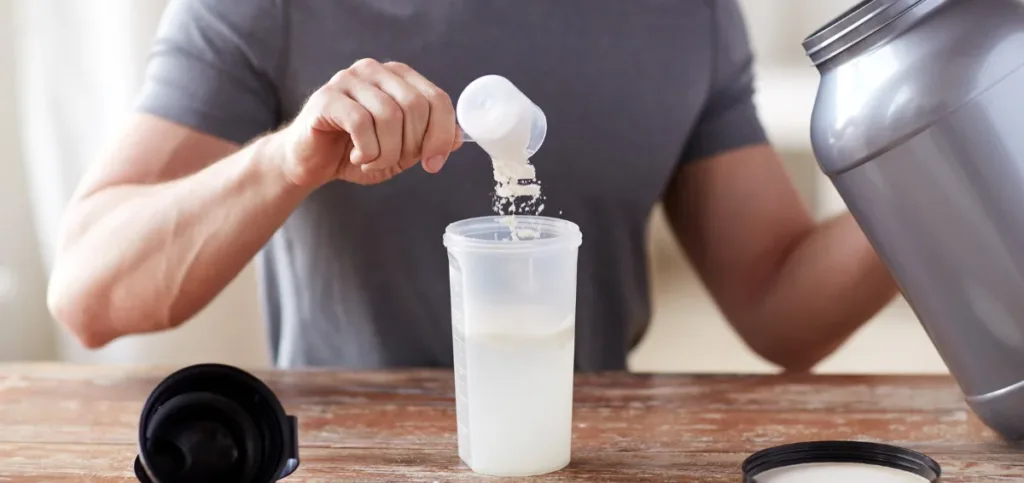
You can get roughly 1-2 grams of creatine daily from foods like meat and fish. It is sufficient to maintain your muscles saturated with creatine up to 60-80%. Creatine supplementation will increase its saturation in muscles up to 20-40% and that is when you will begin to witness the gains of strength/performance.
The Loading Phase
If you are willing to load your muscles with creatine rapidly, the go-to method is the loading phase:
- 5 g of creatine monohydrate (roughly 0.3 g/kg body weight)
- Four times daily
- For 5-7 days
After the saturation of muscles, a maintenance dose of 3-5 g/day is adequate. Larger athletes may require 5-10 g/day in order to saturate the muscles. Combining creatine with carbohydrates or a carbohydrate-protein mix helps your body to absorb and retain more creatine.
Read Also: Deltoid Muscle Exercises
The Slow-Build Method
The alternative option is to take 3g of creatine per day for approximately 4 weeks. It will also add creatine stores gradually, though the performance increase might take a longer time, compared to the rapid-loading method.
What Happens If You Stop?
Research has shown that even after stopping the intake of creatine supplements, the stores remain high for 4-6 weeks. Notably, it is not until the body restores the levels of creatine to normalcy that it stops production. That way, there will not be a problem with suppression in the long term.
Beyond the Gym: Broader Benefits
Creatine is not only an athlete’s supplement. Research indicates that it is beneficial to brain recovery and even healthy aging. That is why a lot of specialists suggest that you should consume approximately 3 g a day, particularly as you get older.
Creatine Gummies vs Creatine Powder
Creatine monohydrate, the gold standard and most researched form of creatine, is commonly used in both powders and gummies. Nevertheless, the difference between the two options lies in one aspect:
Convenience
- Powder: Making a creatine shake is not always a convenient solution for busy people. You can make it in advance, but it can influence its taste and consistency.
- Gummies: These are pre-measured, portable, and mess-free. Ideal for busy lifestyles or frequent travel.
Taste
- Powder: Some people may find no problem with creatine powder being tasteless, and those who even like it. There is also the unflavored creatine powder that one can just blend with their drink of choice or smoothie.
- Gummies: While the creatine gummies are sweet, they are almost candy-like. Some enjoy this more than powder, as taste is all about what an individual likes.
As each brand of powder and gummies may differ significantly, it is worth testing both to find the one that will be more palatable and fit your own routine.
Cost
- Powder: Powdered creatine is the most economical form of creatine because it contains more creatine in each serving.
- Gummies: They are costlier because they have added ingredients such as flavorings and gelatin, as well as extra packaging expenses.
Dosing Flexibility
- Powder: One of the greatest benefits of creatine powder is flexibility in dosing. You are able to estimate the precise amount required, be it a normal portion or a lesser one to suit your individual targets.
- Gummies: The creatine gummies, on the other hand, are in fixed doses. Although it is easy to consume more gummies, it also implies adding more sugar and calories, which is not always in accordance with the nutrition plan of all people.
However, they also tend to offer a smaller per-serving dose than powder. Some brands have even been sued for mislabeling the content of creatine. One must buy the supplements from reputable business companies with third-party testing to guarantee that you are getting what you are paying for.
Creatine Loading
- Powder: The powder is by far the most feasible option for completing a creatine loading phase to improve athletic performance. It will be simpler to take more of them to the recommended amounts.
- Gummies: It is inconvenient to take up to 20 grams per day of gummies because it means consuming a large number of them, which is not only inconvenient but also costly.
Read More: 7 Exercises To Do Everyday
Creatine Gummies vs Powder: Direct Comparison
| Gummies | Powder | |
| Expensiveness | MORE | LESS |
| Sweeteners | MORE | LESS |
| Taste | MORE | LESS |
| Convenience | MORE | LESS |
| Mess | LESS | MORE |
| Creatine Loading | LESS | MORE |
| Muscle Growth | YES | YES |
| Reliability of Claimed Dosage | LESS | MORE |
The Bottom Line
Creatine powder and creatine gummies work equally well, yet which one to use is a matter of priorities:
- Select powder in case you are interested in cost-effectiveness, flexibility in dosing, and ease of loading phases.
- Select Gummies when the convenience, portability, and taste are higher on your list.
In any case, creatine supplementation is safe, well-studied, and one of the best means of increasing strength, recovery, and long-term health.
If you are considering creatine supplementation, consult with your healthcare provider to determine the right form and dosage based on your individual goals. When choosing supplements, opt for reputable brands that clearly list ingredients and have third-party testing.

